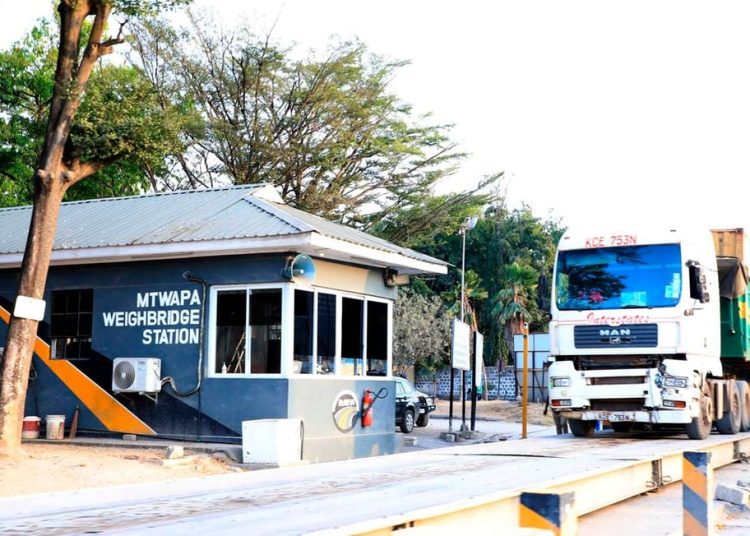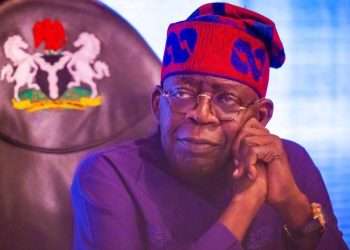Lack of investment in infrastructure is hindering trade under the African Continental Free Trade Area (AfCFTA) agreement.
The infrastructure investment gap in Africa is estimated at more than $100 billion per year, with the African Development Bank (AfDB) projecting that it will reach $150 billion by 2025.
The African Union has proposed an economic summit for the continent as a major step to consider infrastructure, transport and logistics to attract finance for infrastructure projects.
“Lack of logistics is a non-tariff barrier. We need to invest in able transportation facilities across Africa,” said Albert Muchanga, Commissioner for Economic Development, Trade, Tourism, Industry and Minerals at the African Union Commission.
“There is a need to invest in warehouses across Africa so that goods move cost-effectively and are stored all the time so that when the consumers need them they can be available in the shops.”
Infrastructure is a major driver of trade under the AfCFTA, with stakeholders calling on the continent to invest more in it.
“The linkages among African countries are limited so it is difficult for a businessperson to connect to another part of Africa. We need to reduce African transport costs,” Mr Muchanga told The EastAfrican during the African Union Specialised Technical Committee on Finance, Monetary Affairs, Economic Planning and Integration in Nairobi.
“We have recommended an AU Economic Summit with regular interaction with private sector and government to address major issues including financing options for infrastructure projects.”
Many regional blocs, including the EAC, have prioritised infrastructure development as a driver for deepening economic integration, yet there are many factors that hinder infrastructure development in Africa. The continent suffers high transport costs, with poor roads, railway, air travel and waterways systems, poor accessibility to electricity and lack of internet connectivity and poor logistics at the border posts.
“There are high transport costs, sometimes about 100 percent higher than other comparable developing countries,” said Kenneth Bagamuhunda, the immediate former Director General of Customs and Trade at the EAC.
“Road access is still low at 32 percent within a kilometer of all season roads. Many people in Africa have never even heard the hooting of a car because there are not anywhere near the road, let alone seeing the car itself.”
Other factors that hinder free movement of goods and services in the African region include lack of electricity.
“Accessibility to electricity, which is key to inter regional connectivity, is still very low at about 45 percent. Most of the other regions have gone beyond 60 percent, some reaching over 80 percent. Internet penetration is about 43 percent although there has been a phenomenal increase but compared to other parts of the world, Africa’s internet penetration is still low,” said Bagamuhunda.
The Programme for Infrastructure Development in Africa (Pida), which is the African Union strategic continental initiative that has the buy-in of all African countries, is part of the solutions for infrastructure financing gaps in Africa.
Pida comprises cross-border programs covering trans- boundary water, energy, transport and ICT projects to be realized by 2040.
“The Pida initiative seeks to improve the continent’s potential and places Africa on the path to accelerated economic and social development,” said Mrs. Nardos Bekele-Thomas, Chief Executive Officer, African Union Development Agency (AUDA-NEPAD) during Pida launch held in Nairobi on July 15, 2023.
“Pida is developing trade routes for landlocked countries, increasing access to improved transport, electricity, ICT and water services and support other economic activities.”
The purpose of Pida is to encourage regional infrastructure development to accelerate intra-African trade and boosting Africa’s trading position in the global market.
There are proposals that institutional investors such as insurance companies, pension funds, and sovereign wealth funds have more than $100 trillion in assets under management globally and could be used to fund infrastructure projects.
A small fraction of the excess global savings and low-yield resources would be enough to plug Africa’s financing gap and finance productive and profitable infrastructure.
Reducing the cost of broadband internet could foster the development of e-commerce and a digital economy.
And over the short term, infrastructure projects create jobs during construction, also contributing to growth.












